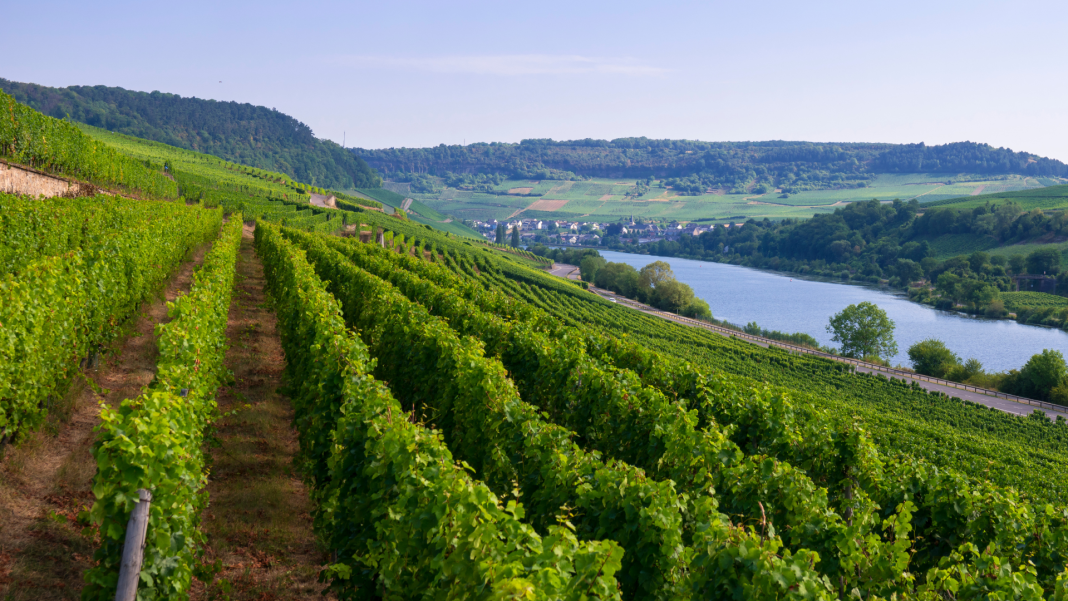Flooding, severe heat: extreme weather conditions can play a role in creating prime conditions for diseases, which impact harvests and wine production. But the Luxembourg viticulture industry is striving to balance tradition and innovation.
Wine growers are like meteorologists in the way they remember the weather conditions. For Marie Kox, CEO of Domaine Sunnen-Hoffmann—who leads a company now in its sixth generation—the last five years of harvest varied. “In 2021, we started around 20 September for the harvest because it was quite a rainy season,” she recalls. “Then in 2022, we started one month earlier, around 24 August. There’s a really big difference from year to year.”
By mid-summer, Kox was anticipating another early harvest—with late June and early July temperatures surpassing 35°C.
“When it’s warmer, you get faster sugar accumulation in the grapes. They ripen a bit faster,” she adds. About half of Domaine Sunnen-Hoffmann’s production is for crémant, “and we really want to keep the freshness and lightness in [there], so you’d need to start quite early in the harvest so you don’t get that much alcohol in the end product.”
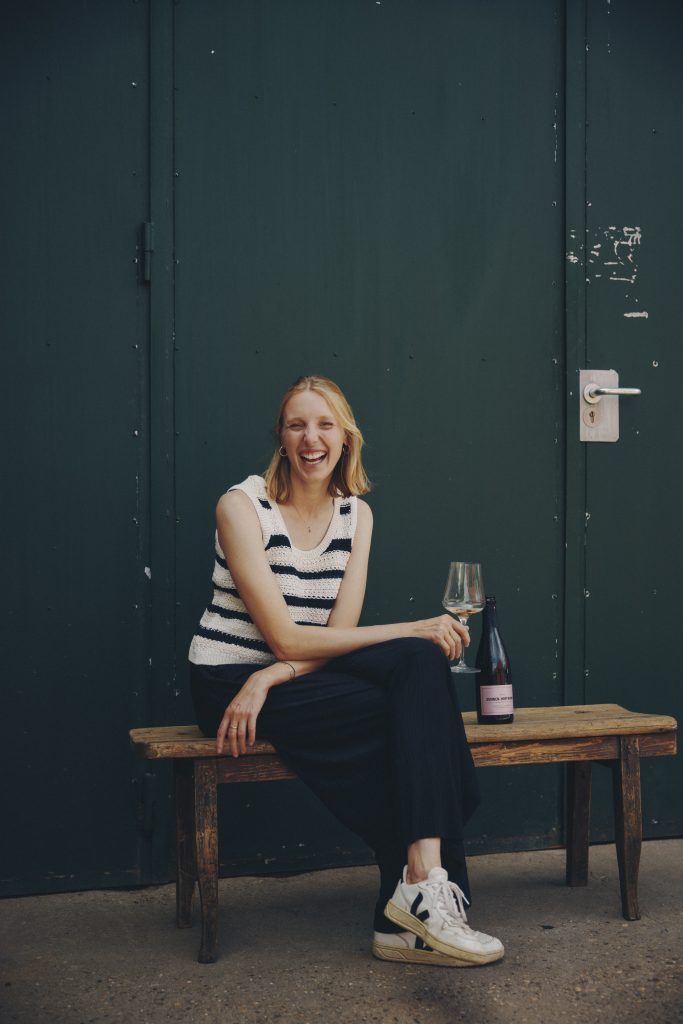
Similarly, Antoine Clasen of Caves Bernard-Massard can recall specific hot years—2018, 2020, 2022—as well as late frosts. He remembers 36°C temperatures in his youth and says, “That’s not something new, but maybe those episodes are longer or earlier than they used to be… What we see is that nature basically starts earlier than it used to, meaning when we had the first leaves coming out in April, May, now sometimes it’s March, April, where the vineyards are still exposed to late frost. This is more complicated.”
A special year
At time of writing, Kox, Clasen, and Serge Fischer—director of the Institut Viti-Vinicole (IVV), under the ministry of agriculture—were expecting a good year for wine.
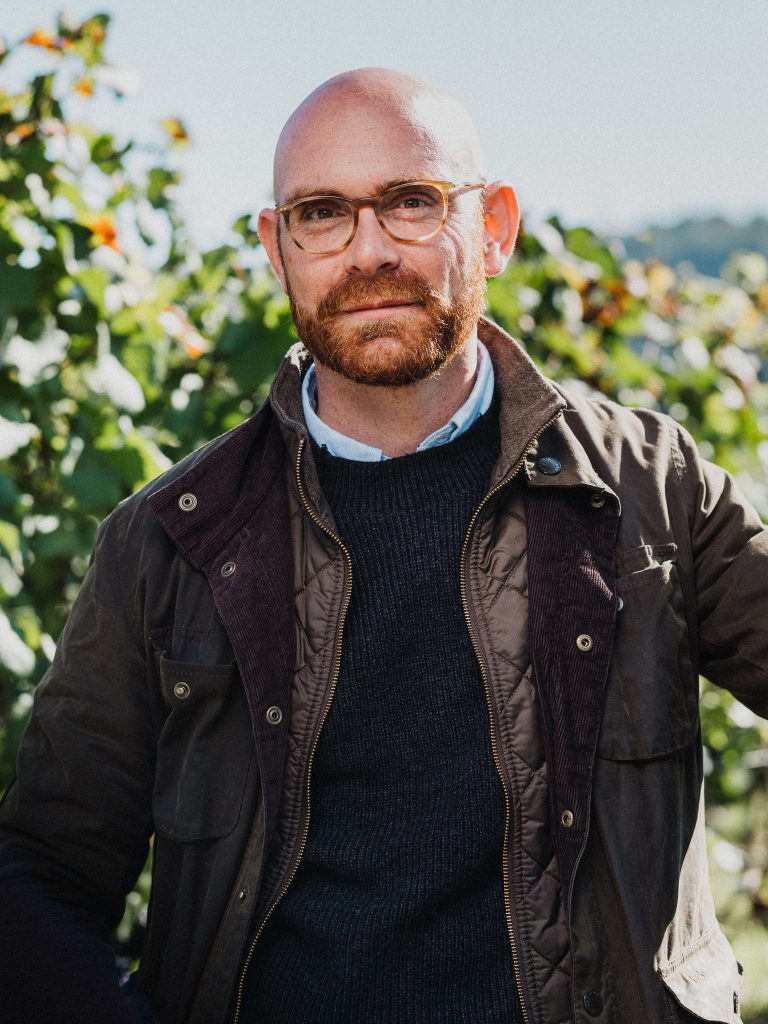
This year marks 100 years for the IVV, set up in 1925 following widespread fungal infections, including grape phylloxera. Its remit has since expanded to include a wine lab for quality testing and research on pesticides, cellar management and sustainable viticulture.
As Fischer explains, among the threats to Luxembourg vineyards today are downy mildew, a type of water mold, and Oidium, or powdery mildew. Both can devastate the plants. “When you have a year with a lot of humidity in the air, you have more problems with Oidium,” Fischer explains. “This year is quite special because we had a lot of dry, sunny days, so it’s not the year with the most problems for these two types of [mildews]. But you still need to spray.” In years of heavy rainfall, the vineyards can be more susceptible to various grape rots, which can also significantly reduce yields.
Testing viticulture management strategies
IVV also has its own vineyards, which extend more than 6ha, on which tests can be carried out. On a rainy July morning, Luxembourg Institute of Science and Technology’s (LIST) Daniel Molitor and Kristina Heilemann walk me through these vineyards. Among LIST’s projects are DryVineyard, which explores viticultural management for drier summer conditions, and Viti-Forst, which explores the impact of the planting of trees in vineyards as an adaptation strategy and assesses fungal diseases and sunburn on grapes.
In one area, researchers assess how shade from trees impacts vines. The team has also been testing grafting new cultivars onto old root stock in another segment of the vineyards. In yet another, there are rows of vineyards where the researchers are testing different soil management strategies, like exposed soil, or coverage with straw or leguminous cover, which can help enhance nitrogen levels. As Molitor explains, moving the soil can also activate micro-organisms, which releases more nitrogen.
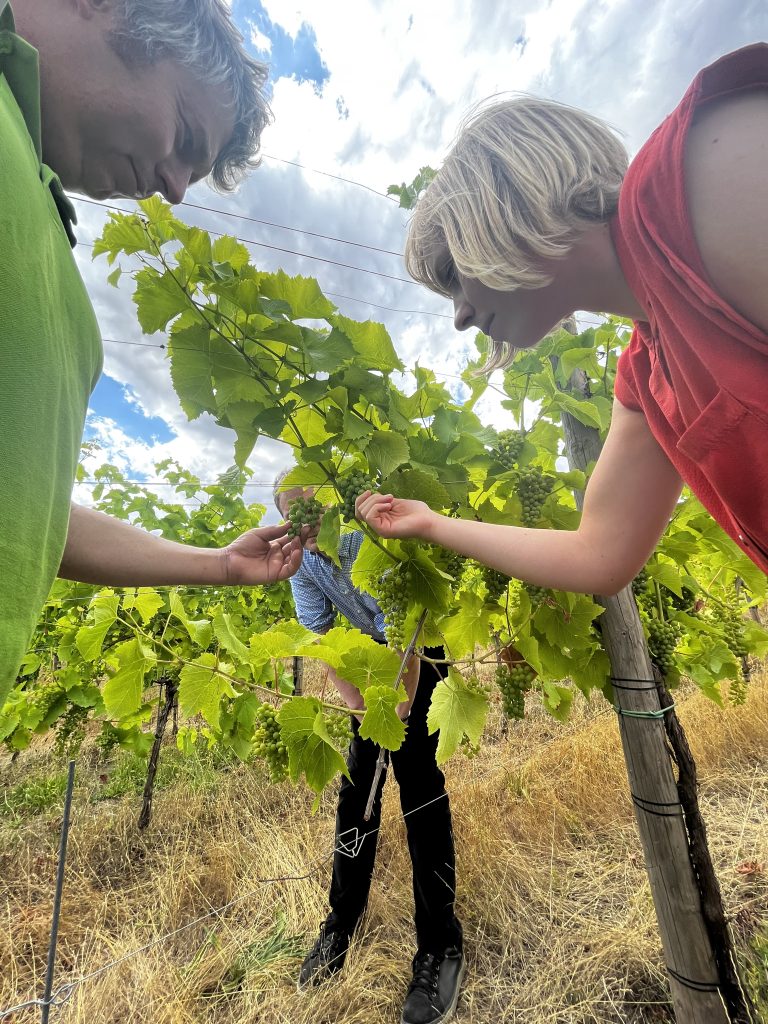
The team regularly checks the height of the shoots, growth, the difference in grape size and colour… But, as Molitor warns, “higher vigour is not always positive. It might be that they’re really vigorous and get big grape clusters, but then they start rotting from the interior.”
Heilemann adds: “We only started, so we have to see what’s happening with diseases, the yield during harvest.” Such projects typically run for several years.
LIST will share its findings with IVV which, in turn, send recommendations to local winegrowers. Clasen calls IVV a “good partner”. Local wine producers, like Clasen and Kox, are also in touch with other wine growers, especially in the greater region, to learn about innovative practices to address climate challenges.
The future of certain varietals
As Molitor explains, there are challenges but also some opportunities in this space. On one hand, with higher temperatures, the soil dries out faster, and the wines can change in acidity levels. “Also the aroma is changing. If, during the ripening period, it’s very hot, you get another or a lower aroma than under cool conditions. That’s why the wines from the cooler regions are more fruity.” Additionally, new pests can appear; epidemics could become more severe.
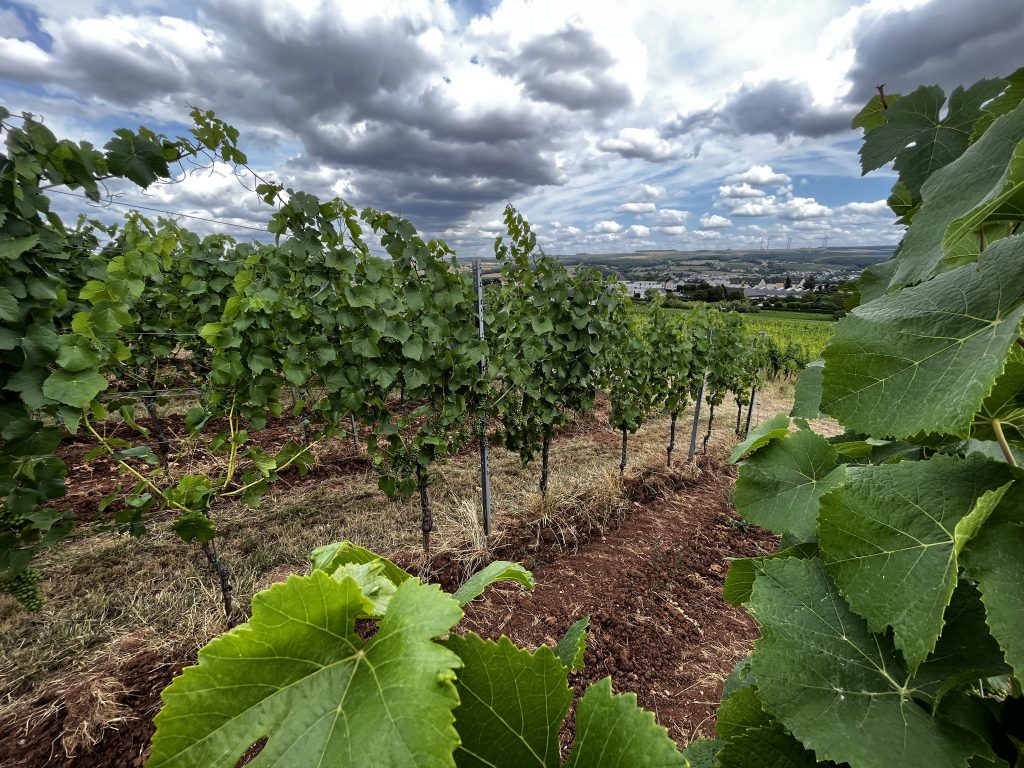
On the other hand, he adds: “In the ‘70s and ‘80s, there were some wines of relatively poor quality because it was just too cold. And this has changed… and there’s also the chance to grow new cultivars which were in the past just possible in warmer climates.”
Kox also notes that with higher temperatures, Auxerrois and Riesling tend to lose their acidity. Meanwhile, Elbling—believed to have been grown along the Moselle even during Roman times—could be “disappearing,” according to Clasen, albeit for different reasons. “It’s a bit sad, but the problem is people don’t drink it anymore. They switch to Pinot gris very often. To get the same quality with Elbling, you have to do low yield, and not everyone is ready to do that,” he says, adding that producers can “lose money” on this wine sold at a lower price point.
This article was published in the 7th edition of Forbes Luxembourg.
Read more articles:
Brasserie Nationale: Brewing Beer With A Conscience
Crafting Connections: Inside The World Of Luxembourg’s Entre Nous Gin

